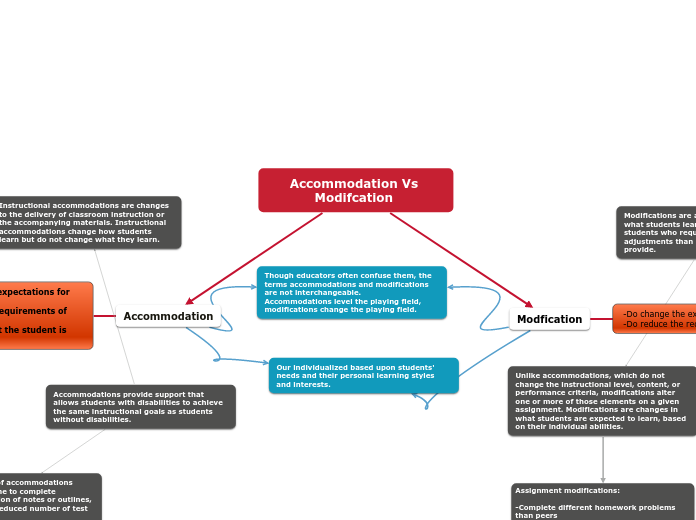af Taryn Hoelting 2 år siden
139
Accommodation Vs Modifcation

af Taryn Hoelting 2 år siden
139

Mere som dette
What do the two subjects have in common?
Type in the similarities.
Use the 'Similarities-to-Differences' strategy to do the comparison.
Press NEXT
Type in the name of the second subject
which you are going to compare and contrast.
It can be:
or even an animal
Type in the characteristics that make the second subject different from the second subject.
Type them in.
Type in the name of the first subject
which you are going to compare and contrast.
It can be:
Type in the characteristics that make the first subject different from the second subject.
Type them in.